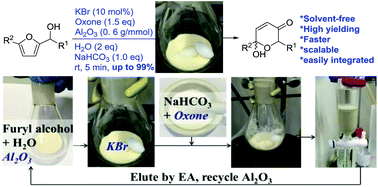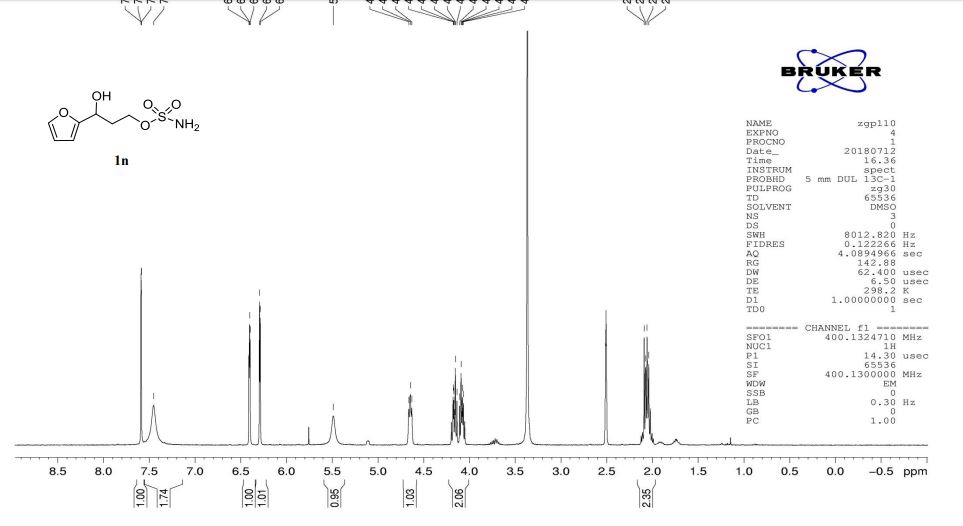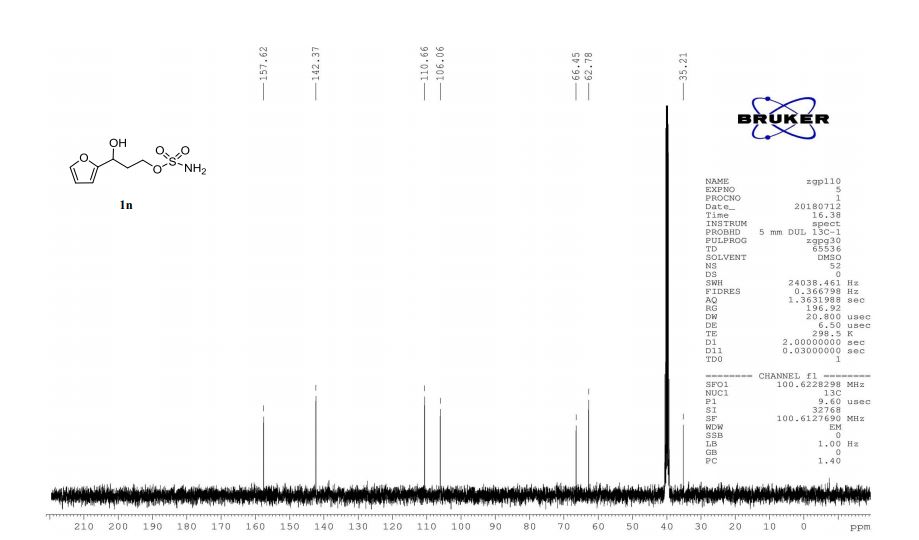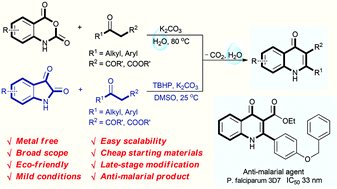An efficient way for the N-formylation of amines by inorganic-ligand supported iron catalysis

A green and highly efficient N-formylation of amines using formic acid as the acylating agent by iron catalysis with excellent selectivity and yields.
To cite this article before page numbers are assigned, use the DOI form of citation above.
The content of this RSS Feed (c) The Royal Society of Chemistry
An efficient way for the N-formylation of amines by inorganic-ligand supported iron catalysis
Abstract
The first example of an inorganic-ligand supported iron(III) catalysed coupling of formic acid and amines to form formamides is reported. The pure inorganic catalyst (NH4)3[FeMo6O18(OH)6] (1), which consists of a central FeIII single-atomic core supported within a cycle-shaped inorganic ligand consisting of six MoVIO6 octahedra, shows excellent activity and selectivity, and avoids the use of complicated/commercially unavailable organic ligands. Various primary amines and secondary amines have been successfully transformed into the corresponding formamides under mild conditions, and the formylation of primary diamines has also been achieved for the first time. The Fe catalyst 1 can be reused several times without appreciable loss of activity.
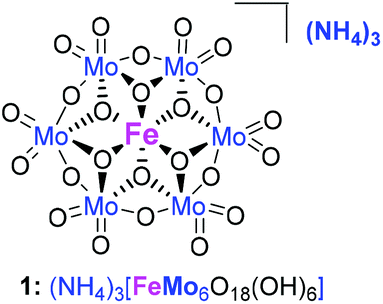




















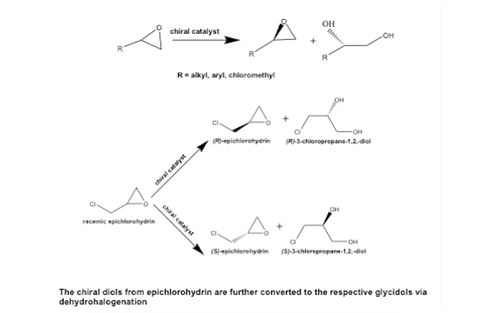
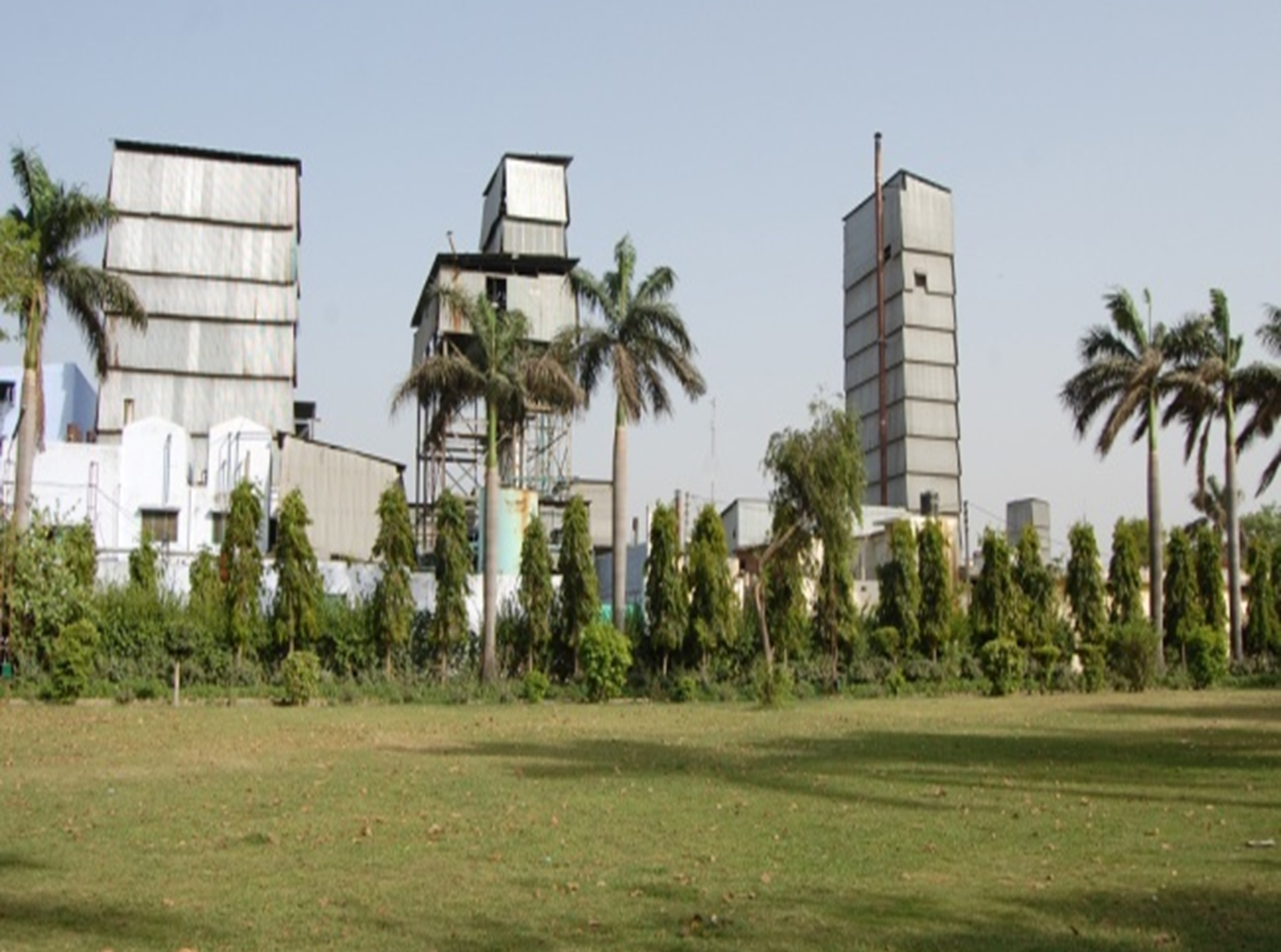
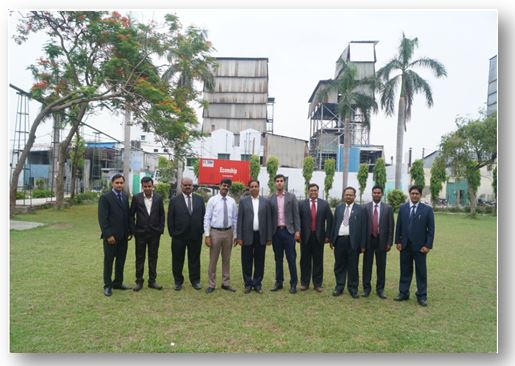

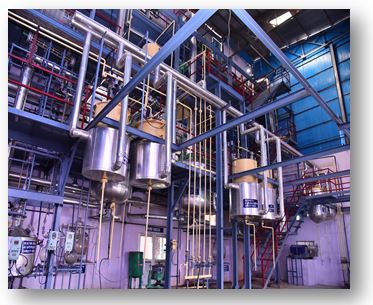








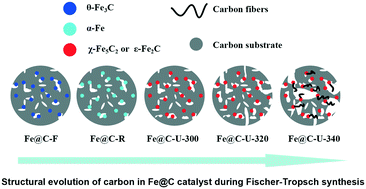
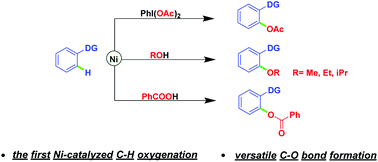


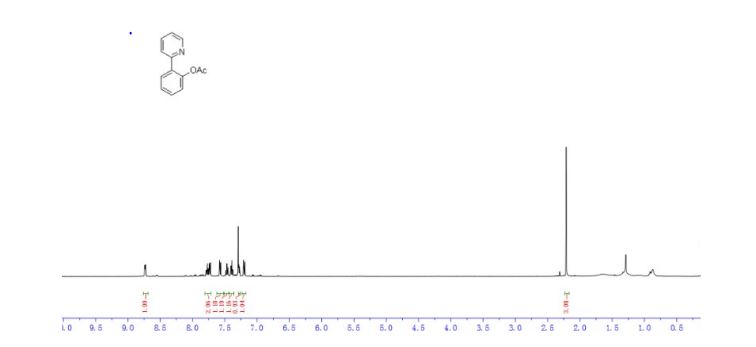
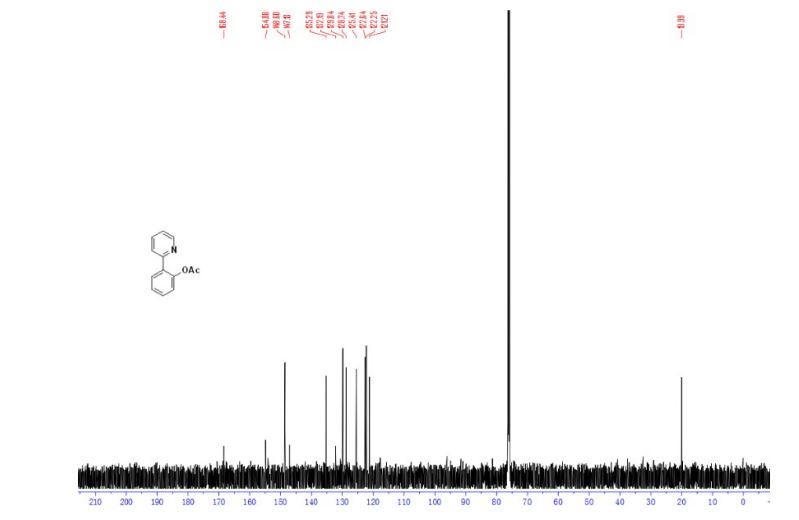
 READ
READ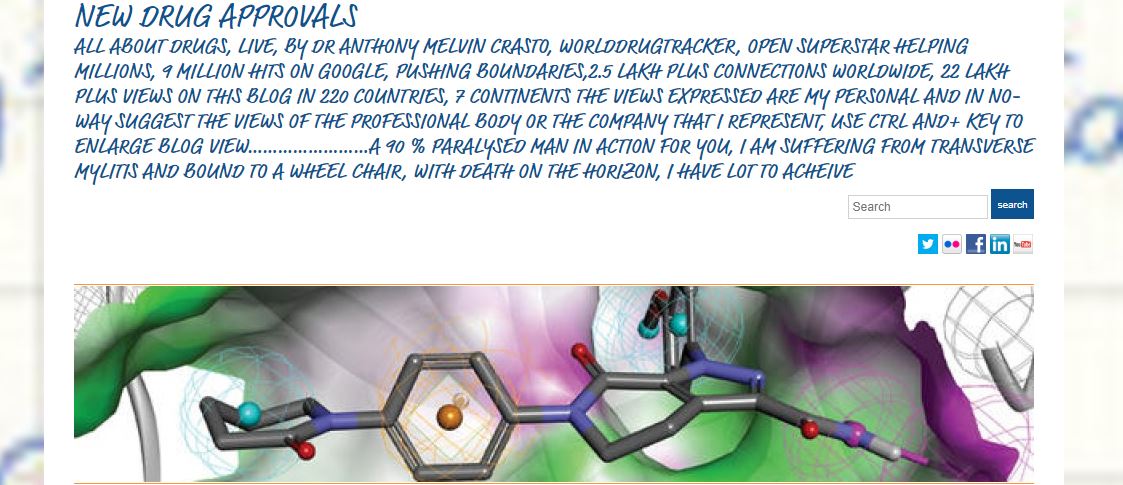
 DRUG APPROVALS BY DR ANTHONY MELVIN CRASTO …..
DRUG APPROVALS BY DR ANTHONY MELVIN CRASTO …..


